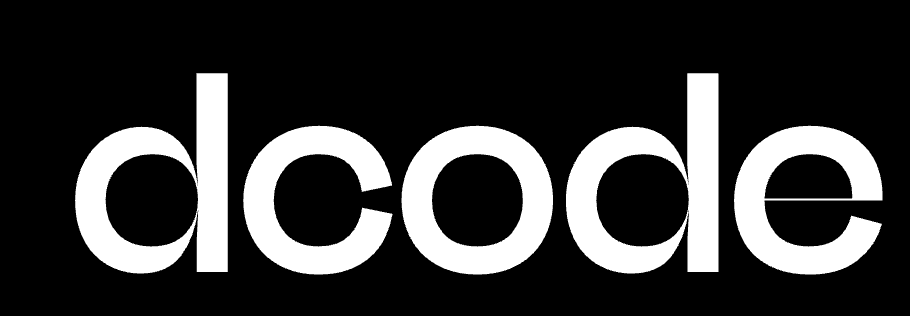Today we are faced with quickly evolving challenges from public health and international relations to climate-related disasters and cyberattacks. Meeting all of these challenges requires our government to take quick action using new tools. Quick action with unproven technology is not something inherent in the DNA of government, but to meet these challenges we must find a way to introduce it into how government business gets done.
The third priority of the President’s Management Agenda, Managing the Business of Government, aims to improve how the government buys products and services. The goals of the PMA are focused on ensuring that the government, as a buyer with a $1.5 trillion to award annually, is doing so in a way that is fair, equitable, and empowering to U.S. businesses. But more than benefiting businesses, improving the practice of government procurement stands to have an incredible impact on the mission of government in the uncertainty of today’s environment.
We’ve Had the Power All Along
Just as Dorothy learned she had the power all along (in her ruby slippers), the government too has all the tools they need to quickly procure innovative technologies to begin making an immediate impact. Innovative procurement solutions exist today in the form of Commercial Solutions Openings (CSOs), Other Transaction Authorities (OTAs), Small Business Innovation Research (SBIR), and Small Business Technology Transfer (STTR).
Even the FAR can provide guidance on acquiring technology in new ways, it just means looking at it from a different angle. The FAR is mostly a set of negative rules. That is, it mostly dictates what the government cannot do. So, in that regard it has become a cultural norm to look for specific permission to do something and to say ‘no’ when the permission isn’t found. Rather, we need to focus on making sure it simply doesn’t say that you can’t do it.
Incentivizing Innovation
Knowing the tools are there is part of the battle, now they have to get used correctly…and more importantly, creatively. Lack of creativity in procurement is a real problem.This is not a knock on procurement professionals. There is no incentive in this field to get creative. In fact, just the opposite. Procurement professionals are told over and over if rules are not followed, you go to jail. This real fear feeds the “this is how we’ve always done it” mentality. Getting creative with procurement requires not just the work of creating the solution, but then justifying it.
Changing this requires teaching not just what these vehicles are, but when and how to use them. Doing this requires collaboration among procurement professionals. They need to share their successes (and failures) in getting needed technology in the hands of technologists. Just as important is senior leaders giving the right top cover and pushing for creative solutions from all levels and ranks of the organization. Creativity in procurement is not the sole responsibility of contracting staff, it requires everyone from the end users, to program officials, to the people at the top.
Teaching Technology
In addition to teaching the when and how of procurement, there also needs to be more education around what it is they are procuring. There’s no need for acquisition staff to become technical experts, but a little knowledge is powerful. By understanding how a technology works/is deployed it can ease the conflict between the procurement request and the actual requirement.
For example, a program that is dependent on software development should not follow traditional approaches of segmenting the procurement into development and sustainment, or implement traditionally structured Independent Verification and Validation (IV&V) requirements for code development. This prohibits organizations from truly implementing DevOps and modern software development practice, which is the only acceptable way to develop modern software. Software is never done.
Cutting Out Cut and Paste
As requirements are copied and pasted over and over, it’s easy to gloss over them as boilerplate, but in reality they may hold some of the biggest barriers for innovative technology looking to get into government. Things like requiring a high level TS clearance, a DCAA accounting system, government past performance, or a five-page cost build up for pricing may not really be necessary for buying a piece of software. By keeping these requirements in, government dissuades – and even disqualifies – businesses with the exact solution needed from even competing.
The point of procurement regulations is to make things fair and open, but by putting so many rules and processes together we’ve actually done just the opposite. Buying technology (especially the way it is deployed today) is so much different than buying a part for a battleship and using the same rules and processes for both does our country a disservice. We have to stop looking at procurement as a function, but rather see it as part of the mission. This shift in mindset will build the incentive to get creative and use existing systems in new ways to meet the needs of the mission and our citizens.

